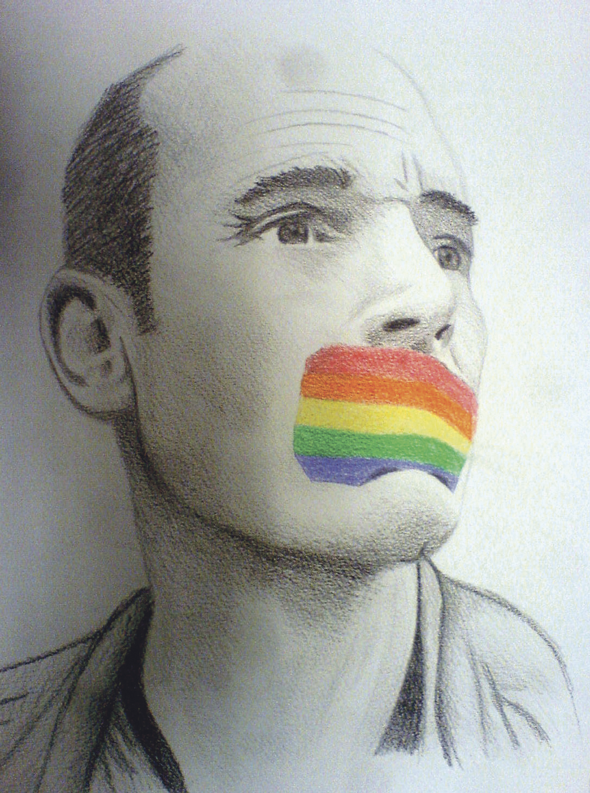Alphabet Soup
 Illustration by Beth French
Illustration by Beth French
Regarding sexual and gender diversity there are a variety of terms used. The following terms and definitions are those used by the WLU Rainbow Centre. While language continues to flow and develop over time, these terms are intended to provide a respectful way to refer to sexual and gender diversity.
- Lesbian – A woman whose primary attraction is to other women.
- Gay – A man whose primary attraction is to other men. Also used as an inclusive term referring to LGBT individuals.
- Bisexual – A person who is attracted to both men and women.
- Transsexual – A person who identifies with and lives as a gender opposite than the one they were assigned at birth.
- Transgender – A person who identifies with a gender other than the one assigned at birth; or a person who views their gender as more fluid than strictly male or female.
- Two-Spirited – A term used by North American Aboriginals referring to both sexual orientation and gender identity/expression.
- Intersex – A medical diagnosis describing a person who is born with physical and/or chromosomal features in which sexual characteristics belonging to both sexes are combined in a single body.
- Asexual – People who do not experience sexual attraction. Many asexual individuals experience romantic attraction to some degree, many do not. A large portion of romantic asexual individuals are not hetero-romantic.
- Pansexual or Omnisexual – is characterized by a potential attraction for anybody, including people who do not fit into the gender binary of male/female implied by bisexual attraction. Pansexuality is sometimes described as the capacity to love a person romantically irrespective of gender.
- Queer – A term used by some to describe their sexual orientation or gender identity, as they do not associate with all or some other terms. Also an inclusive term used to refer to the LGBT community.
- Questioning – Term used to refer to anyone who is unsure of their attractions and/or sexual orientation.
- Straight Allies – Members of the straight community who are supportive of the LGBT community.
Non-inclusive Language:
- That’s so gay…
- Hey Guys!
- Etc. etc. etc
Some tips for promoting inclusion include:
- Using gender neutral language when referring to an individual or their partner when you are unaware of their sexual orientation or gender identity
- Avoiding terms that stigmatize or oppress individuals based on various aspects of their identities, experiences or backgrounds
- Stigmatizing individuals based on: drug use, abuse, race, culture, religion, gender identity, sexual activities, sexual orientation, individuals with physical, emotional or intellectual disabilities is inappropriate.
- Diversity in all forms is to be respected and welcomed within the Rainbow Centre. The NO Assumptions policy applies to all aspects of each individuals identity, experience or background.
- Object to jokes and humour that put down individuals based on an aspect of their identity or are based on stereotypes.
- Educate yourself on LGBTQ issues, experiences and needs about which you were previously unaware, or with which you have no previous exposure.
- Do not assume that LGBTQ individuals are not interested in marriage, having children, or other activities that are typically associated with heterosexuality.